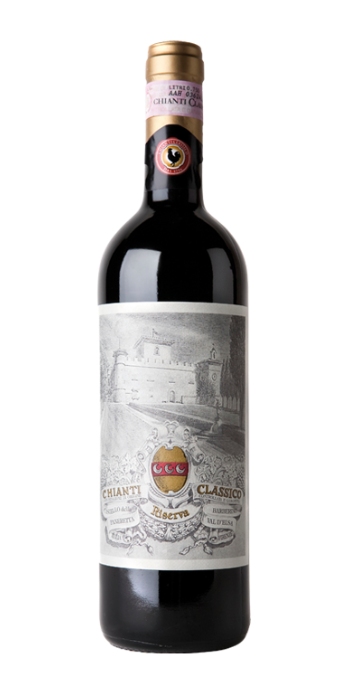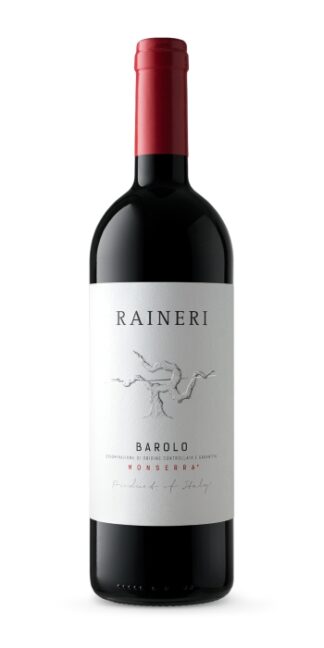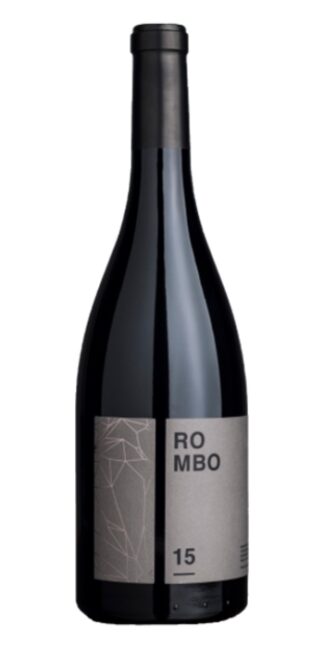Description
Chianti Classico Riserva 2018 Castello della Paneretta
Variety: Sangiovese 90 and Canaiolo 10%
Ruby red color, with garnet shades
The nose is intense, complex and very fine. It shows richness and quality with aromas of red fruits, even dark woods, such as blackberry. Notes of tobacco, cocoa and sweet spices make it more fascinating. Tracts of undergrowth and dried mushrooms make the whole even more fascinating.
On the palate it shows structure and body at the same time. Excellent texture of tannins, however gentle and not pungent. It easily achieves balance and harmony. Deep and persistent, it extends to a finish rich in aromas of flowers and blueberries, and leather
Overall, Tuscany can boast a Chianti Classico Riserva that manages to be both powerful and elegant.
Excellent quality-price relation.
Chianti Classico Riserva 2018 Castello della Paneretta
The type of training is divided between spurred cordon and espalier with guyot pruning.
After the harvest, it carries out the alcoholic fermentation in stainless steel containers at a controlled temperature of 27/28 ° C for 10/12 days.
Ages in oak barrels of 30 and 50 hectoliters for 24 months.
The Paneretta Castle has very ancient origins, which date back to the battle of Montaperti in 1260. With a total area of over three hundred hectares, of which 22 are vineyards, it is one of the largest farms in the area.
Based on the type of soil we can divide the body of the vineyards into three different areas.
The Terrine, Torre a Destra, Torre a Sinistra vineyards have clay with a large quantity of light galestri and limestone formations. The strata are arranged in the direction of the hill and the rocky outcrops are weak. Soils are light ocher, little eroded and have an extraordinary physical balance. Full-bodied and well-structured wines are extracted from these soils.
The Ciliegio, Bossolo and Barbiano vineyards have layers of red-violet schistose shale alternating with deposits of clayey and loamy soils. The wines of these lands are produced leaner wines, but with greater finesse.
Finally, from the Querciole and Poggio vineyards. These are semi-flat soils placed on top of the hills. Here we can observe the process of ancient formation dating back to climatic eras of a completely different nature, where the aggressions of iron and aluminum on the limestone banks, gave rise to deeper and stronger soils. The position of these lands combined with their exposure there protected from washout and made more generous.





